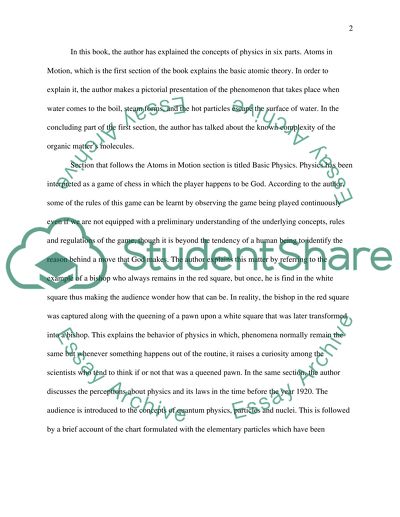Cite this document
(“Book Review: Six Easy Pieces Research Paper Example | Topics and Well Written Essays - 1500 words”, n.d.)
Retrieved from https://studentshare.org/physics/1431443-book-review-six-easy-pieces
Retrieved from https://studentshare.org/physics/1431443-book-review-six-easy-pieces
(Book Review: Six Easy Pieces Research Paper Example | Topics and Well Written Essays - 1500 Words)
https://studentshare.org/physics/1431443-book-review-six-easy-pieces.
https://studentshare.org/physics/1431443-book-review-six-easy-pieces.
“Book Review: Six Easy Pieces Research Paper Example | Topics and Well Written Essays - 1500 Words”, n.d. https://studentshare.org/physics/1431443-book-review-six-easy-pieces.


